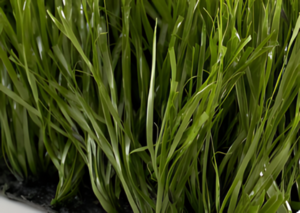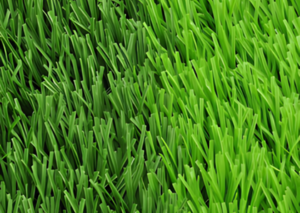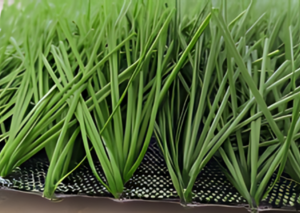Artificial Turf For Sports
Artificial Turf for Sports: A Comprehensive Guide
Artificial turf, also known as synthetic turf, is a surface made from synthetic Fibres that replicates the look and feel of natural grass. It is a popular choice for sports fields, playgrounds, and even residential landscaping due to its durability, low maintenance requirements, and year-round usability.
Choosing the Right Artificial Turf
Selecting the ideal artificial turf for your sports application requires considering several factors:
- Sport: Different sports have varying requirements for pile height, Fibre type, and infill. Football fields need shorter, denser turf compared to cricket outfields.
- Foot Traffic: The level of anticipated use (professional, recreational, etc.) will determine the necessary pile strength and durability.
- Budget: Artificial turf comes in a range of qualities and prices. Define your budget to narrow down your options.

Understanding Artificial Turf Terminology
- Yarn: The synthetic Fibres that create the grassの葉 (ha-leaf) appearance. Common yarn types include monofilament (single strand) and fibrillated (split Fibres for a fuller look).
- Density: It refers to the closeness of the Fibres, impacting the playing experience and durability. Higher-density turf is generally more durable but can feel firmer.
- Pile Height: The length of the turf Fibres, affecting ball bounce and traction. Shorter piles are ideal for high-speed sports like football, while longer piles offer more cushioning.
- Thatch: The curly Fibres at the base of the turf add support and mimic the natural thatch layer of real grass.
- Infill: loose materials like sand or rubber granules are placed between the Fibres, providing stability, drainage, and weight.
- Backing: the underside of the turf that provides strength and stability. Different backings are suitable for various applications.
- Color: While green is most common, some sports may require specific color tones or line markings.

Comparing Artificial Turf Options
When comparing artificial turf products, consider these factors:
- Specifications: Compare pile height, density, yarn type, and infill material.
- Certifications: Look for certifications relevant to your sport (e.g., FIFA for football).
- Warranty: Longer warranties indicate the manufacturer’s confidence in the product’s durability.
- Cost: Consider the total cost, including turf, installation, and infill.

Financial Considerations and Budgeting
Artificial turf offers long-term cost savings compared to natural grass due to reduced water use and maintenance requirements. The initial investment cost varies depending on the chosen product and the size of the project. Financing options may be available from turf suppliers or installers.
By understanding these key aspects of artificial turf, you can make an informed decision when selecting the perfect surface for your sporting needs.
"I am very pleased with the Residential Turf Installation service I received from Bedrock Turf. The team was professional, efficient, and did a fantastic job. Our backyard looks amazing now and the kids love playing on it! I highly recommend them to anyone looking for a high-quality turf solution."

"Bedrock Turf did an amazing job installing our new sports field. The turf is high-quality and perfect for our needs. The team was professional and communicated clearly throughout the entire process. We are very happy with the results and would recommend Bedrock Turf to anyone looking for a sports field installation company."

"I was looking for a way to improve the look of my landscaping and decided to go with artificial turf from Bedrock Turf. It was the best decision I could have made! The turf looks great and requires minimal maintenance. I am so happy with how it turned out and I get compliments on it all the time. Thank you, Bedrock Turf!"

"I was looking for a way to improve the look of my landscaping and decided to go with artificial turf from Bedrock Turf. It was the best decision I could have made! The turf looks great and requires minimal maintenance. I am so happy with how it turned out and I get compliments on it all the time. Thank you, Bedrock Turf!"

Let's Build Something Green and Great Together!
Contact Bedrock Turf today and discover how we can transform your space with a beautiful and functional turf solution.














